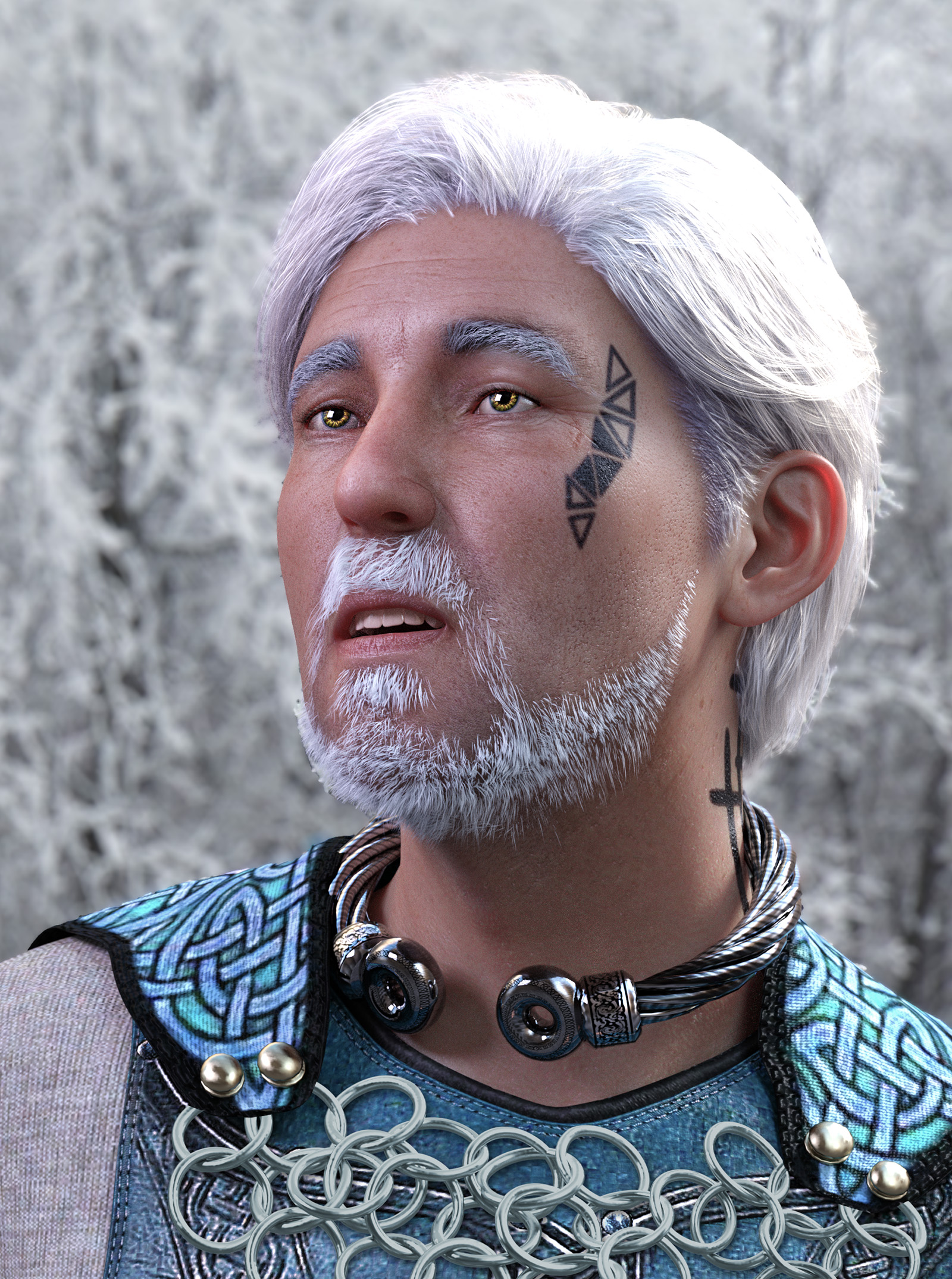Sydney 1926
- Download as Hotel Australia handout (3.7 Meg PDF)
The Australia Hotel on Castlereagh is Sydney’s finest establishment. ‘The Hotel of the Commonwealth’ offers the refined atmosphere of classic London and European hotels to the city’s most distinguished visitors and residents, with an international standard of comfort and service.
The ‘Australia’ is situated in the very heart of Sydney, a modernist Art Deco building of black and silver glass, shining steel, Carrara marble and polished Australian timbers. Its opulent interior is a streamlined, padded realm of endless mirrors and sweeping elliptical stairways, bedecked with Australian landscape paintings, and in drinking areas, some rather racy nudes. A massive mahogany grand staircase complete with stained glass windows ascends ten floors for the convenience of guests yet to overcome their distrust of mechanical elevators. In the foyer, glass showcases feature Parisian perfumes and diamond wristwatches, as well as model mechanical harvesters and the very latest chemical sheep dips. Its that kind of place.
Beautiful, but drafty.
It’s a fancy pub, but a decent pub, a pub most splendid.
The Australia is the place to stay and be seen by the upper echelons of society. Here you will meet Viennese divas, Russian emigres, American actors, visiting members of the outback squattocracy, and the idle rich of every creed and nation. Some of them are not what they seem.
The hotel hosts some 200 bedrooms, ranging from suites on the lower floors to smaller single rooms on the upper floors. Apart from accommodation for guests, rooms are also provided in a separate wing for servants, who have their own dining room.
The Australia offers the very latest in civilised artifice, including electric lifts; telephones and international telegraphy; full plumbing; and electric lighting and heating throughout. Bedroom amenities include free-running hot water, electrical power, and asbestos fires for the winter comfort of guests.
It’s a fancy pub, but a decent pub, a pub most splendid.
With entrances from Castlereagh Street, Martin Place, and Rowe Street, the Australia is the entertainment and social showcase of the city, with a banqueting hall, several bars and more inmate rendezvous for the well-to-do and the wishing-to-be.
Located on the first floor, the glass-domed Winter Garden is a refined bar and tea room, famous for its morning and afternoon teas, light luncheons, and theatre suppers.
The Bevery provides a more intimate dining area.
The Moorish Lounge is the place for pre-dinner drinks; it leads into the Emerald Room, an ornate banqueting hall with a soaring ceiling and Italian chandeliers. The speakers dias rises above a white marble fountain and neoclassical statues, and the entire room is engulfed in palm court style shrubbery.
The Sportsman’s Bar, better known as the Long Bar, is famous throughout New South Wales. It has one long bar stretching down the length of the room, allowing patrons standing on one side discrete observation of those opposite. Frequented by the city’s business and political elite and white-collar workers, it is also popular amongst the city’s theatrical and homosexual communities. Regulars form polite cliques with little interaction. One entrance to the Long Bar discretely opens onto Rowe Street, a bohemian laneway and ‘camp ghetto’.
The luxurious Smoking Room has a resident tobacconist.
The Reading Room has a small library and recent editions of international newspapers and magazines.
On the ninth floor, the Nepal Room is a little-known meditation space, decorated with hangings and pillows and a metre-high bronze statuette of Shiva Nataraja. It contains theosophical and spiritualist tracts, and discrete notices for theosophical meetings, seances and private readings.
Next to the Australia, across bohemian Rowe Street, stands the famous Theatre Royal, with a number of other theatres nearby.
The department store David Jones Limited maintains a small branch in the hotel, providing luxury goods for visitors, hampers for sending to Old Blighty, and tasteful souvenir Australiana. There is also a barber shop and beauty salon.
The luxurious Commercial Travellers Club of New South Wales is situated on Castlereagh Street directly opposite the hotel’s main entrance.
Hidden from guests, the Australia’s basement contains electricity generators, the hot water supply, lift mechanism, laundry, bakery, staff dining room, beer and wine cellars, cold storage rooms, an ice room and baggage storage.
John Hughes.



![Pan[ic] game background and character drafts Pan[ic] game background and character drafts](https://mythologicdotorg.files.wordpress.com/2019/09/jack-web.jpg?w=90&h=70&crop=1)



